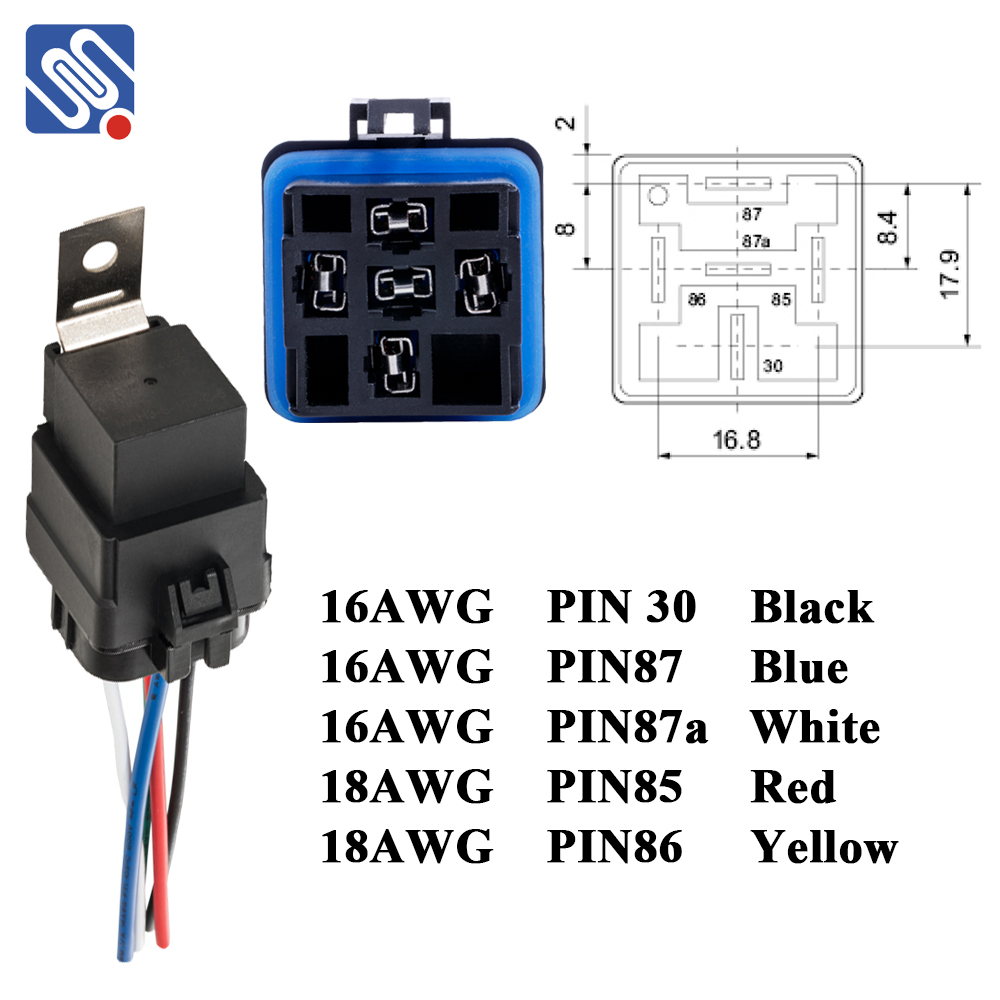Relays are essential components in the world of electrical and electronic systems, acting as electrically operated switches that enable control of high-power devices using low-power signals. Relay wiring is a crucial skill for anyone working with electrical circuits, as it allows for safe and efficient control of devices like motors, lights, and other heavy electrical loads. In this article, we’ll explore the basics of relay wiring, how to wire a relay, and the types of relays commonly used in various applications.

What is a Relay? A relay is essentially a switch that operates using an electromagnet to control the opening or closing of contacts in an electrical circuit. The primary purpose of a relay is to use a small current to control a much larger current. This makes it possible to control large devices with a microcontroller, switch, or other low-power control systems. A typical relay consists of three main parts: Coil: This is the part of the relay that creates a magnetic field when current flows through it. Armature: The movable part that shifts when the coil is energized, opening or closing the relay contacts.
Leave a Reply